The Health Insurance Portability and Accountability Act (HIPAA) of 1996 is one of the most significant pieces of legislation in U.S. healthcare. It established national standards to protect patient health information and ensured the continuity of health insurance coverage for individuals when they change or lose jobs. The act also paved the way for streamlining the administrative functions of healthcare organizations and improving the efficiency of healthcare delivery through electronic health records (EHRs) and data sharing.
HIPAA’s implementation, however, has not been without challenges. Over the years, healthcare organizations, insurance companies, and government agencies have worked diligently to integrate HIPAA’s provisions into their operations. This article examines the key provisions of HIPAA, the challenges and steps involved in its implementation, the benefits it brings to patients and healthcare providers, and its role in the evolving landscape of healthcare privacy and security.
Key Provisions of HIPAA
HIPAA comprises two major parts: Title I, which deals with health insurance coverage, and Title II, which addresses healthcare data privacy and security. These provisions serve distinct but complementary purposes within the broader framework of the U.S. healthcare system.
1. HIPAA Title I: Health Insurance Portability
Title I of HIPAA ensures health insurance portability, meaning that individuals can maintain their health insurance coverage when transitioning between jobs or in other situations where they might lose insurance. This part of HIPAA protects workers and their families by:
- Preventing Discrimination: Insurance companies are prohibited from denying coverage or charging higher premiums based on pre-existing conditions or health status.
- Ensuring Continuity of Coverage: Individuals leaving their jobs or experiencing other qualifying life events are entitled to maintain their health insurance for a period under the Consolidated Omnibus Budget Reconciliation Act (COBRA), which was reinforced by HIPAA.
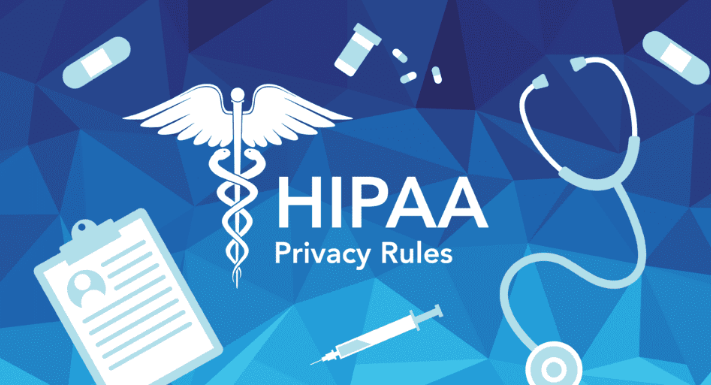
2. HIPAA Title II: Administrative Simplification and Data Privacy
Title II, also known as the Administrative Simplification provisions, sets standards for the privacy and security of health information and encourages the electronic exchange of healthcare data to improve efficiency. This section includes three main components:
- The Privacy Rule: This rule, finalized in 2003, establishes national standards for the protection of individuals’ medical records and other personal health information (PHI). The Privacy Rule regulates how healthcare providers, insurers, and other covered entities handle, store, and share PHI.
- The Security Rule: Complementing the Privacy Rule, the Security Rule focuses on protecting electronic PHI (ePHI). It requires healthcare organizations to implement appropriate technical, administrative, and physical safeguards to secure health data.
- The Enforcement Rule: HIPAA also includes enforcement provisions to ensure compliance. The U.S. Department of Health and Human Services (HHS), through its Office for Civil Rights (OCR), is responsible for investigating complaints, conducting audits, and enforcing penalties for violations of HIPAA rules.
The Importance of HIPAA in Healthcare
HIPAA addresses two critical areas in healthcare: health insurance coverage and the privacy and security of patient information. Both aspects of HIPAA are fundamental to the smooth functioning of the healthcare system in the U.S., ensuring that patients receive adequate care without undue financial or privacy concerns.
1. Protection of Health Information
One of HIPAA’s most significant contributions to healthcare is its role in safeguarding patient health information. In an era where digital records and data-sharing are prevalent, the Privacy and Security Rules protect patients from data breaches, unauthorized access, and misuse of personal health information.
This protection ensures that healthcare providers and insurers cannot share sensitive information without patient consent, providing peace of mind to individuals that their medical records remain confidential.
2. Facilitating Health Insurance Continuity
HIPAA’s portability provisions prevent individuals from being denied health insurance due to pre-existing conditions or other factors when they change jobs. This aspect of HIPAA is vital for ensuring that people remain insured, especially during times of employment transitions, and protects them from the risk of losing coverage for necessary medical treatments.
3. Improving Healthcare Efficiency
The Administrative Simplification provisions of HIPAA are designed to streamline healthcare processes through the adoption of electronic health records (EHRs) and other electronic transactions. By setting standards for electronic data interchange (EDI), HIPAA helps to reduce paperwork, improve accuracy, and expedite the sharing of information between healthcare providers, insurers, and patients. This has led to more efficient billing, faster claims processing, and improved overall patient care.
Challenges in HIPAA Implementation
While HIPAA provides critical protections and improvements to the healthcare system, its implementation has posed several challenges, especially for healthcare providers and organizations that must comply with its complex requirements.
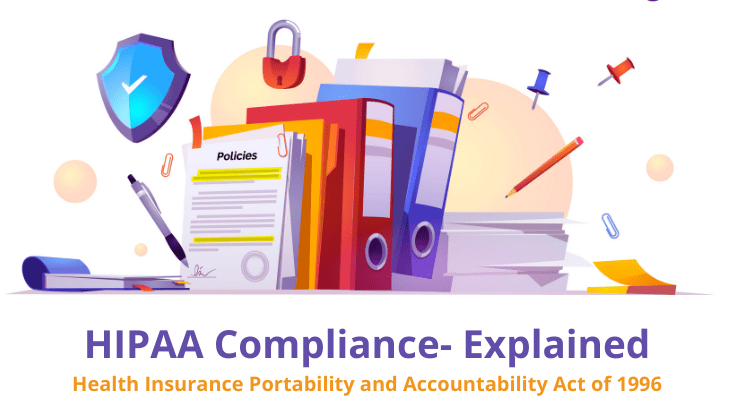
1. Understanding and Interpreting HIPAA Requirements
HIPAA’s rules are comprehensive and can be difficult to interpret. For healthcare organizations, especially small providers and independent practitioners, the legal and technical jargon of HIPAA can be overwhelming. Understanding the distinction between what constitutes a violation and what is permissible under the Privacy Rule, for example, requires in-depth training and resources.
Many providers struggled to adjust to HIPAA’s requirements initially, particularly around the nuances of data-sharing and patient consent. Misunderstanding these requirements could lead to either unnecessary withholding of information (in cases where sharing is permitted) or unintentional violations (in cases where sharing is restricted).
2. Cost of Compliance
HIPAA compliance often requires substantial financial investments in technology, personnel, and infrastructure. Implementing secure electronic health records (EHR) systems, training staff on privacy and security protocols, and establishing mechanisms for responding to data breaches are all resource-intensive efforts.
For smaller healthcare practices, the cost of compliance can be particularly burdensome. Purchasing new software, upgrading security measures, and dedicating staff to oversee compliance efforts require ongoing financial commitments that not all providers can easily manage.
3. Technological and Security Challenges
HIPAA’s Security Rule requires healthcare organizations to implement robust cybersecurity measures to protect ePHI. However, with the rapid advancement of technology, organizations often face challenges in staying ahead of emerging cyber threats, such as hacking, ransomware attacks, and data breaches.
Implementing strong security protocols, such as encryption, secure user authentication, and regular audits, is essential for protecting patient information, but it requires ongoing monitoring and updates to remain effective.
4. Patient Education and Awareness
While HIPAA offers significant protections for patients, many individuals are not fully aware of their rights under the law. Patients may not understand how their information is being used or what they are entitled to in terms of accessing their own medical records. Educating patients about their rights under HIPAA is an ongoing challenge for healthcare providers, particularly in ensuring that individuals understand the consent process and what to expect in terms of privacy.
Steps in Implementing HIPAA
Implementing HIPAA across the healthcare industry required multiple stages of planning, education, and system upgrades. Healthcare organizations were, and continue to be, tasked with ensuring that they meet the required standards of HIPAA compliance.
1. Compliance Audits and Risk Assessments
Healthcare organizations must regularly conduct risk assessments to identify potential vulnerabilities in their systems and processes. These assessments help determine areas where improvements are needed to meet HIPAA’s Privacy and Security Rules.
Risk assessments are essential not only for protecting patient information but also for demonstrating compliance in the event of an audit by the HHS or other regulatory bodies. Failure to conduct regular risk assessments can result in significant fines and penalties.
2. Training and Education
Staff training is a cornerstone of HIPAA compliance. All employees who handle PHI must be trained on the organization’s privacy and security policies, including how to identify and report potential breaches. Regular training sessions ensure that staff members remain up-to-date on the latest regulations and understand their role in safeguarding patient information.
Many organizations have developed ongoing training programs, often with annual refresher courses, to reinforce the importance of HIPAA compliance and to address any new developments or changes in technology.
3. Technology Upgrades and Security Measures
Implementing appropriate technology is one of the most critical aspects of HIPAA compliance. Healthcare organizations must invest in EHR systems, data encryption, secure messaging platforms, and other technologies that comply with HIPAA standards for electronic health information.
Additionally, organizations are required to implement access controls (such as multi-factor authentication) to limit who can access PHI. Regular audits of these systems are essential to ensure that only authorized personnel have access to sensitive information.
4. Incident Response Plans
No matter how secure an organization’s systems may be, data breaches and security incidents are inevitable. HIPAA requires organizations to have an incident response plan in place to address breaches when they occur. This includes notifying affected individuals, reporting breaches to the HHS, and taking steps to mitigate further damage.
The sooner a breach is identified and contained, the better the chances of minimizing its impact. Organizations must therefore ensure that staff members know how to recognize and respond to potential breaches immediately.
The Benefits of HIPAA for Patients and Providers
Despite the challenges associated with HIPAA implementation, the benefits of the act are clear, particularly for patients who rely on the privacy and security of their health information.
1. Increased Patient Trust
By ensuring that healthcare providers maintain high standards for protecting personal health information, HIPAA has helped build trust between patients and providers. Patients are more likely to disclose sensitive information to their healthcare providers when they are confident that their privacy will be respected.
2. Improved Data Security
The Security Rule’s requirements for encryption, secure access, and data monitoring have significantly improved the overall security of patient health information. This has led to a reduction in unauthorized access and data breaches, though challenges remain in the face of increasingly sophisticated cyberattacks.
3. Streamlined Healthcare Processes
The Administrative Simplification provisions of HIPAA have helped healthcare organizations adopt electronic records and streamline processes such as billing, claims submission, and data-sharing between providers. This has led to greater efficiency in healthcare delivery, reduced paperwork, and improved patient outcomes.
4. Portability of Health Insurance
For workers transitioning between jobs or experiencing life changes, HIPAA’s health insurance portability provisions ensure that individuals and their families remain protected. This helps reduce gaps in coverage and allows individuals to maintain continuity of care without fear of losing access to necessary treatments or facing exorbitant premiums.
Conclusion
The implementation of the Health Insurance Portability and Accountability Act of 1996 (HIPAA) has had a profound impact on the U.S. healthcare system. By providing crucial protections for patient health information and ensuring the portability of health insurance, HIPAA has helped create a safer, more efficient healthcare environment for both patients and providers.
While challenges remain—particularly in the areas of compliance costs, technology, and patient education—HIPAA’s benefits far outweigh its difficulties. In an increasingly digital healthcare landscape, HIPAA’s role in safeguarding personal information and ensuring patient privacy will continue to be vital for years to come. As the healthcare industry evolves, so too will the need for ongoing vigilance and adaptation to maintain the privacy, security, and efficiency that HIPAA was designed to uphold.


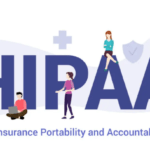



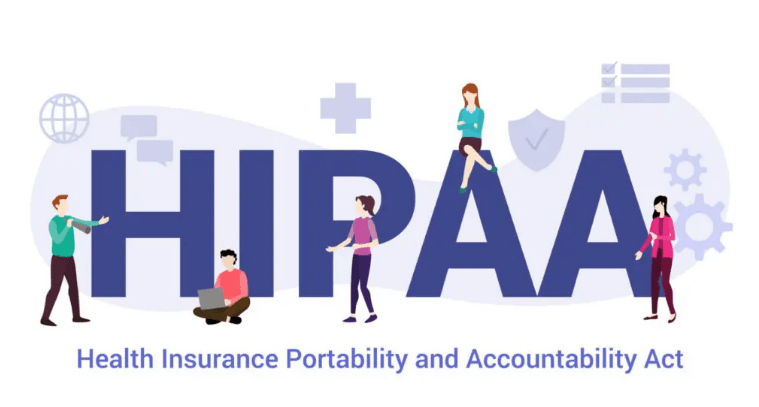



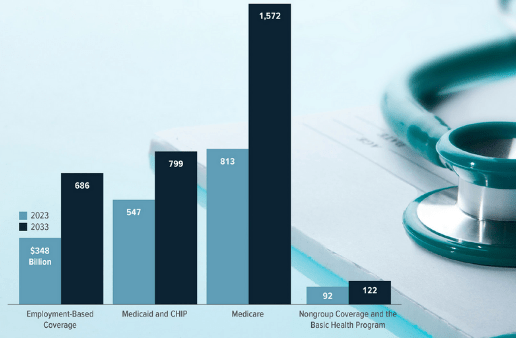
q0779o
4ftai2
Implementing the Health Insurance Portability and Accountability Act of 1996 (HIPAA) – Snokido
[url=http://www.g8w0y574fi40o2p6134dxfecpz93c1b2s.org/]uerzkzsrnzv[/url]
erzkzsrnzv http://www.g8w0y574fi40o2p6134dxfecpz93c1b2s.org/
aerzkzsrnzv
mf9kmz
a0pbjs
i3x642